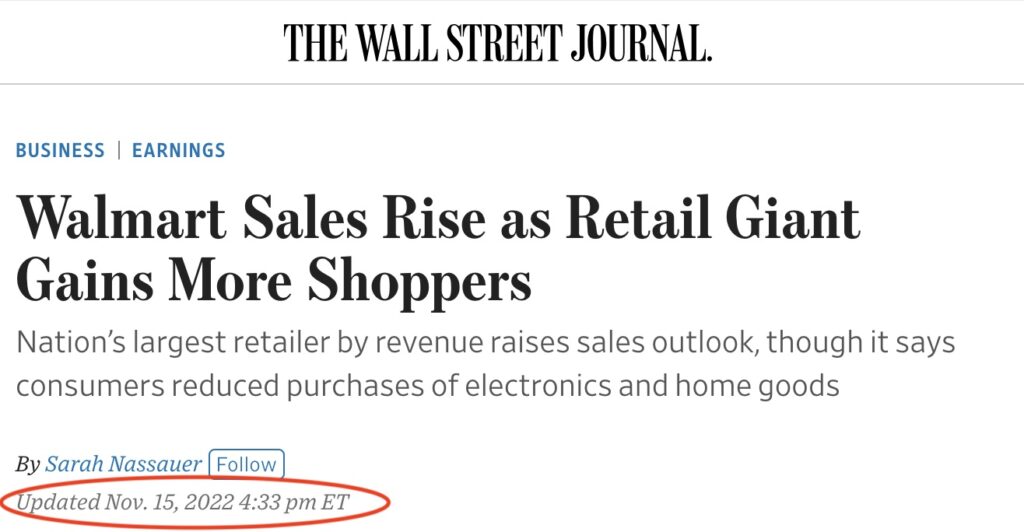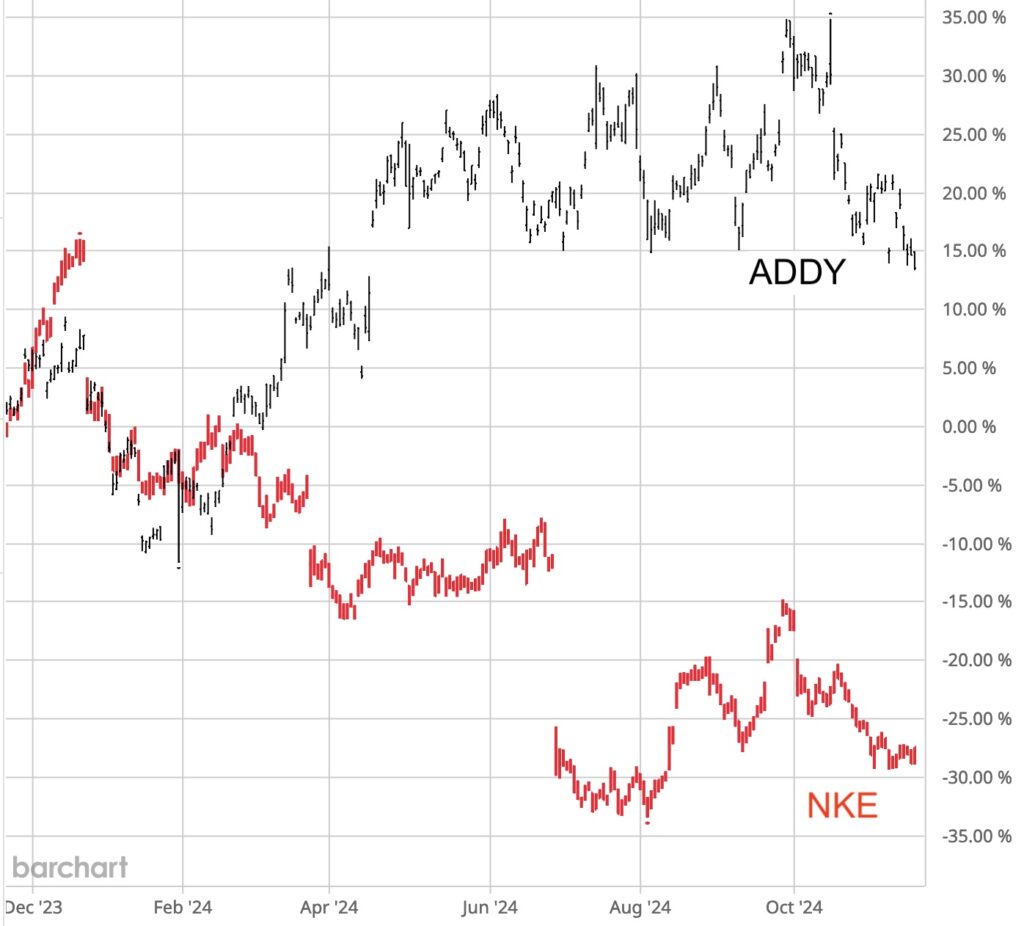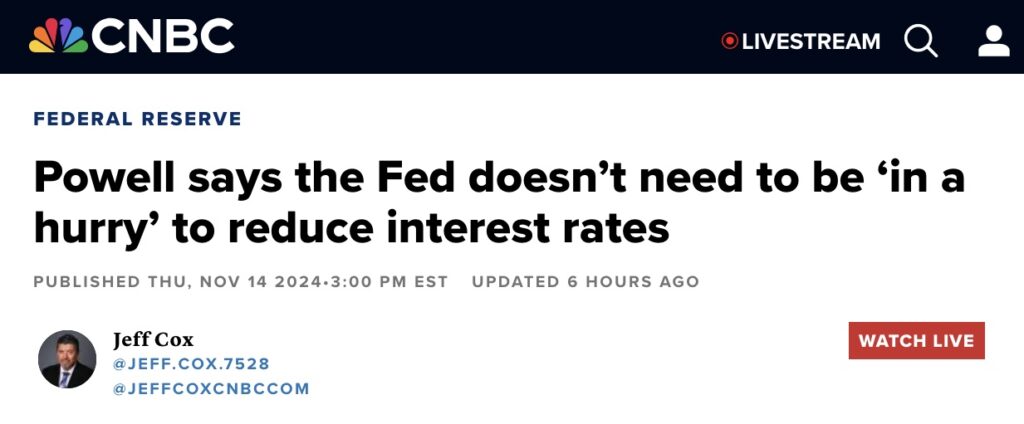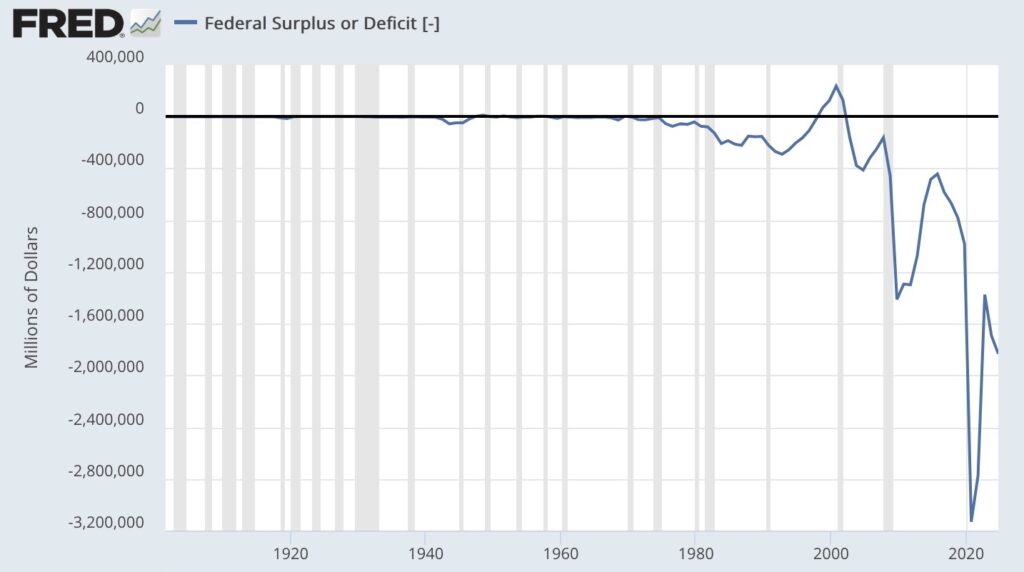Is the end of AI at hand?
For the past several years, tech heavyweights have been pouring billions into AI development. According to CNBC:
…they’re all racing to integrate generative AI into their vast portfolios of products and features to ensure they don’t fall behind in a market that’s predicted to top $1 trillion in revenue within a decade.
It’s been full steam ahead, and a lot of investors have profited handsomely.
But has the race to dominate that $1 trillion market gotten ahead of itself?
Some analysts are saying yes — and they’re making some reasonable arguments to back them up…
The Case for a Cool Down
Let’s start with Goldman Sachs’ Senior Macro Strategist Allison Nathan. She recently released a client note suggesting the benefits gained from AI weren’t justifying its current costs.
The promise of generative AI technology to transform companies, industries, and societies continues to be touted, leading tech giants, other companies, and utilities to spend an estimated ~$1tn on capex in coming years, including significant investments in data centers, chips, other AI infrastructure, and the power grid. But this spending has little to show for it so far beyond reports of efficiency gains among developers.
Billion dollar solutions… that aren’t saving billions of dollars.
Analyst Brandon Smith…
There is no evidence of a single benefit to AI on a broader social scale. At most, it looks like it will be good at taking jobs away from web developers and McDonald’s drive-thru employees.
And the costs to train AI haven’t slowed.
Researchers at Epoch AI discovered the “cost of the computational power required to train the models is doubling every nine months.”
So has AI overpromised on its future?
In a word… No.
And should investors be concerned about these projections?
That’s a little more complicated. That answer comes in two parts.
Don’t Fade the “Bubble”
Back in the late 1990s, any tech company with even a remote connection to some aspect of the internet was being bought hand over fist. Regardless of whether or not they had produced dollar-one in revenue… or even had a viable business model!
It was the “new paradigm” of investing.
Everyone knows how that ended.
Today, the companies involved in the AI race are all trillion (or near-trillion) dollar companies. Nothing like the “wish and a hope” companies from the 90s.
That makes the AI rally more substantial.
So if you’re invested in AI-related firms and your shares are still headed higher…
Don’t fade the bubble.
It may be a bubble, but bubbles still make people a lot of money.
What’s important is to be aware that it is a bubble. What crushed everyone during the tech bust was the absolute certainty that “this time it’s different.”
It never is.
So that’s number one. The second point, and this is even more important, is to…
Understand the “Long Game”
AI has been a “thing” since the 1950s. But only recently has the technology to actually produce large scale AI applications become available.
That means the industry is just starting to evolve.
Some AI applications will undoubtedly tank. Others, however, that can prove their value will be adopted by the market. And those companies will see exponential growth.
This means that going forward you don’t want to think of AI in general terms. You want to consider it in terms of specific areas of application. Areas where serious ROI could actually be realized.
One area that comes to mind is the healthcare industry.
The healthcare system is plagued by massive inefficiencies: From skyrocketing administrative costs (thanks to a largely broken billing and payment system) to poor patient outcomes that are the result of fragmented treatment and care coordination.
Studies in the National Library of Medicine suggest that if the problems of uncoordinated care, redundant tests, and adverse drug events could be resolved it could save the industry as much as $240 billion.
Other estimates have been bigger:
According to research highlighted by Forbes, a quarter of US healthcare spending — almost $1 trillion — is wasted on inefficient or unnecessary patient care. Operational inefficiencies represent a tremendous opportunity for healthcare organizations to increase their retained earnings while bringing in the same revenue.
A number of huge players understand this and have started investing billions to stake claims in the industry.
One example is none other than Google Health. This division of Alphabet is actively developing AI solutions for medical imaging analysis and diagnostics, predictive modeling and health research.
Another player in the current healthcare market is global conglomerate GE Healthcare. They are now working with AI to develop not only diagnostics systems but also patient monitoring systems and hospital operations management tools.
Cerner Corporation (a subsidiary of Oracle) is developing models for clinical decision/pedictive support. They are also focusing on electronic health record (EHR) solutions, revenue cycle management and other operational efficiencies.
But these are all billion dollar companies (trillions in the case of Google) and returns based on their advances in healthcare AI would be tough to realize. To really get a bang for your investment buck, savvy investors should research solid, smaller-cap companies for whom a breakthrough in the market could be transformative.
Tim Collins, Senior Analyst at Streetlight Confidential, recently wrote about a company that fits that description — Healwell AI.
Healwell AI is a small Canadian company that has developed strategic partnerships with seven medical tech companies all working on AI solutions including:
• Solutions that will allow physicians to rapidly screen and identify patients with rare diseases to facilitate more personalized treatment.
• The development of state-of-the-art EMR or EHR (records management) solutions…
• AI technologies that enable earlier diagnosis and treatment and improved quality of life for the patient
• Applications to target patients that are eligible for specifically approved medications or interventions that can vastly improve patient outcomes…
They’ve also partnered with a leading contract research organization (CRO) specializing in Phase 1 and Phase 2a clinical trials. (Focusing on the field of pharmaceutical development.)
They also have access to one of the most important factors in AI training… data.
The company has partnered with Canada’s largest healthcare provider network, WELL Health, and has exclusive rights to its pool of patient data. WELL Health Technologies Corp. is the largest healthcare technology company in Canada.
All this gives them huge potential throughout the entire healthcare industry.
You can see Tim’s latest research on Healwell AI here.
The bottom line where AI goes is this…
The initial FOMO may be coming to an end. But it won’t be the end of AI.
There is simply too much potential in this technology for it to just fade away.
Instead of just counting on Nvidia to keep selling more and more chips, smart investors will have to start looking for areas where AI will actually pay off!





















